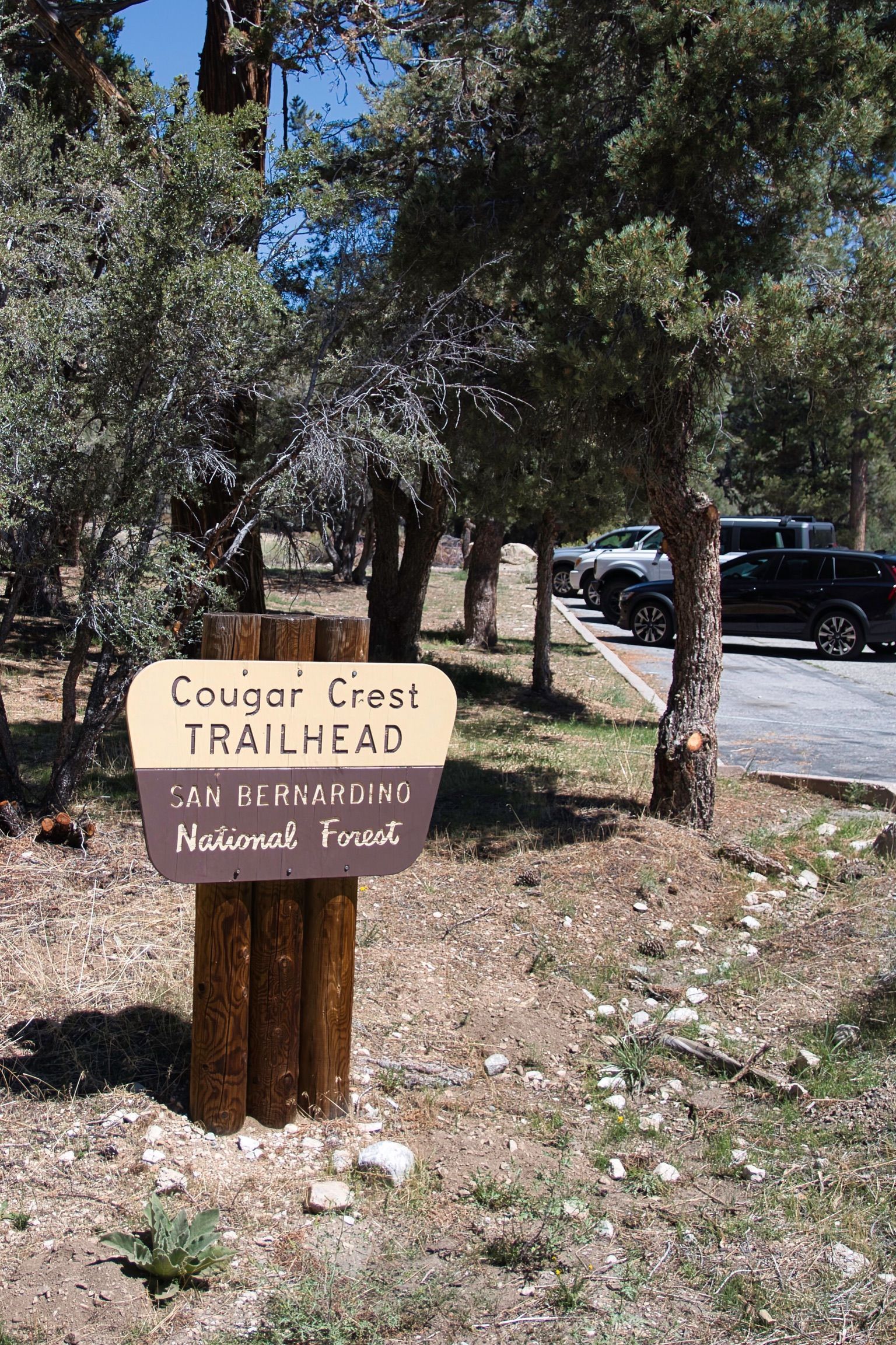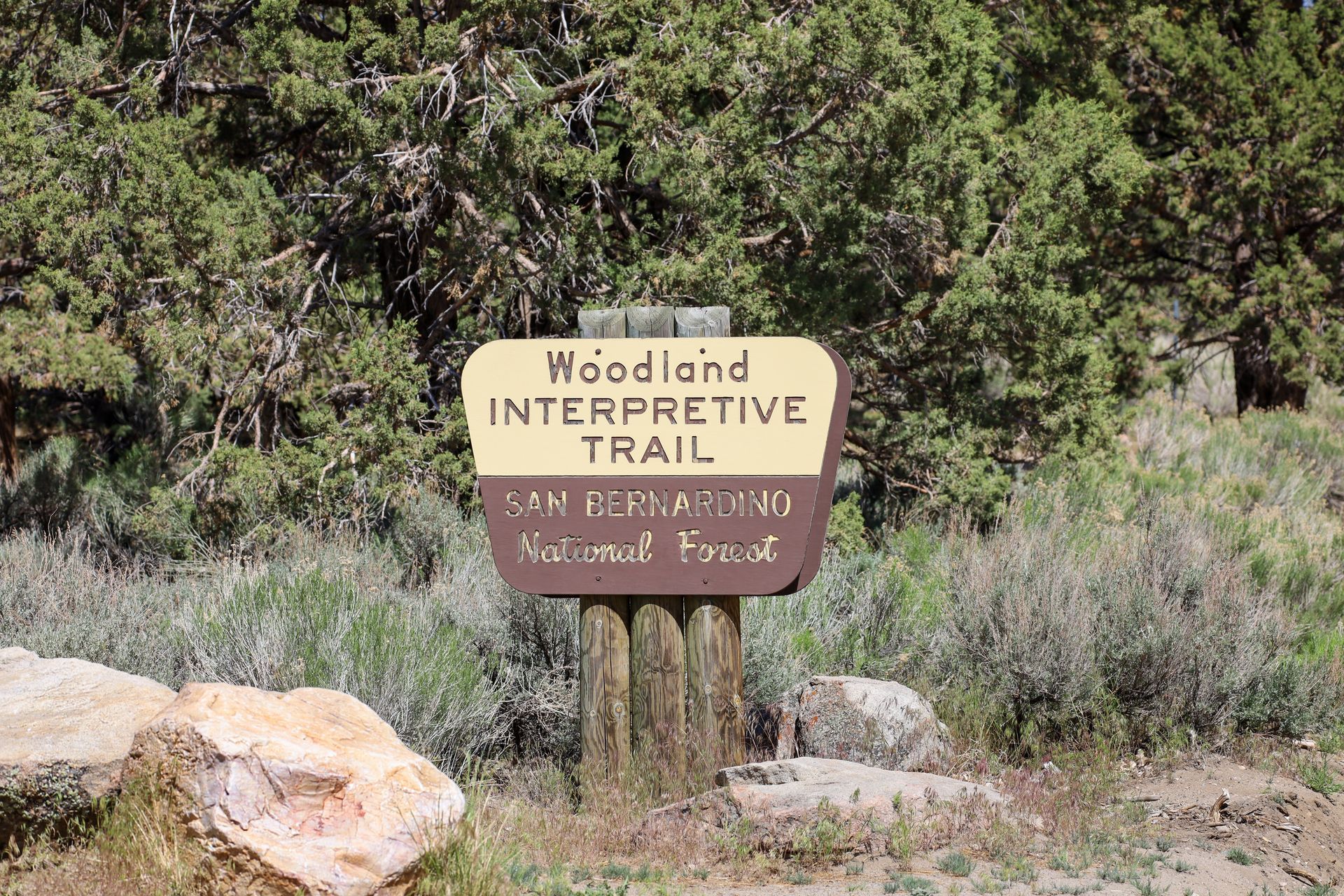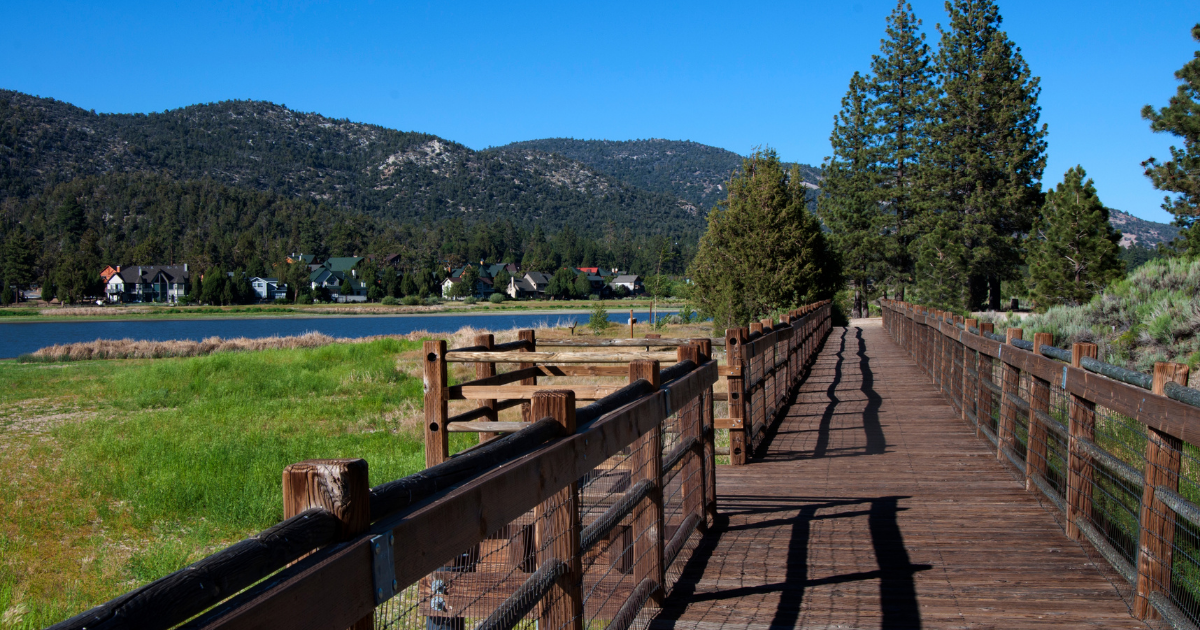Castle Rock Trail
Hike to panoramic Big Bear Lake views on the moderate 2.7-mile Castle Rock Trail. Enjoy a forested ascent and a final rock scramble. Limited parking; arrive early!
Length/Distance
2.7 miles out and back
Elevation
Approx. 500 foot elevation gain
Difficulty Level
Moderate
Dogs
Conquer Castle Rock for Stunning Big Bear Vistas
Trailhead: Your adventure begins near Boulder Bay on Big Bear Lake Blvd (around mile marker 45). Be aware that parking is limited to roadside spots; early arrival is advised.
The Journey: Embark on a moderate 2.7-mile roundtrip hike, gaining 500 feet. The initial mile climbs steadily through shaded woods, with a halfway bench offering a scenic pause. The trail then transitions to a rocky, less defined path – using a GPS track is helpful. Castle Rock will emerge as your guide.
The Summit Push: The final ascent to Castle Rock involves a scramble – choose the challenging backside or the somewhat easier front. Your reward? Breathtaking panoramic views of Big Bear Lake and the surrounding landscape.
Heads Up: The descent requires careful footing. Dog owners should note that while leashed dogs are welcome on most of the trail, they cannot navigate the final scramble to the top of Castle Rock.
Winter: This trail may or may not be closed. Look for signs at the trailhead. Be aware that even if opened during winter months this trail can be extremely icy.
Understanding Our Trail Difficulty Ratings: Know Your Limits!
Our trail ratings (Easy, Medium, Difficult) are provided as a general guide to help you choose a suitable hike.
Easy Meaning: Generally flat or gently sloping terrain. Well-maintained paths with minimal obstacles like roots or rocks. Suitable for most fitness levels, including beginners and families with young children. Expect a leisurely and comfortable experience.
Medium Meaning: Involves moderate inclines and declines. The trail surface may be uneven with some roots, rocks, or narrower sections. Requires a reasonable level of fitness and some hiking experience. Expect a bit of a workout and the need to pay more attention to your footing.
Difficult Meaning: Features significant elevation changes (steep climbs and descents). Expect challenging terrain with obstacles like large rocks, roots, potentially slippery surfaces, and possibly exposure. Requires a good level of fitness, experience with more demanding trails, and appropriate gear. Expect a strenuous and potentially technical hike.
Our trail ratings are a general guideline. Your personal fitness, experience, current conditions (weather, trail surface), and any pre-existing health conditions will significantly impact your perception of a trail's difficulty. Always err on the side of caution and choose a trail that aligns with your capabilities.
Dog-Friendly Trails: Hike Responsibly with Your Pup!
Just because a trail welcomes dogs doesn't automatically mean it's the right choice for yours. Always consider the trail's difficulty and potential hazards for your dog's safety.
Big Bear Lake trails can feature dangerous steep hills, high elevations that can be challenging for some dogs, and uneven terrain. Assess your dog's fitness level, breed predispositions, and experience before choosing a hike.
Remember, responsible dog ownership on trails includes:
- Keeping your dog on a leash at all times for their safety, the safety of other hikers and wildlife, and to comply with regulations.
- Always picking up and properly disposing of your dog's waste to keep our trails clean and healthy for everyone.
- Prioritizing your dog's well-being ensures a safe and enjoyable experience for both of you on the trail.
General Hiking Safety: Be Prepared and Stay Safe!
Big Bear Lake trails offer beauty, but be mindful of inherent risks:
- Wildlife: Unpredictable encounters can be dangerous. Prepare by knowing local animals and safe practices.
- High Elevation: Altitude sickness and dehydration are real risks. Acclimatize and hydrate diligently.
- Hazardous Terrain: Falls from uneven surfaces, rocks, and cliffs are possible. Watch your footing and be cautious near edges. Weather changes can worsen conditions.
- Lack of Water/Food: Dehydration and exhaustion are serious threats. Carry ample water and snacks.
- Getting Lost: Disorientation can lead to dangerous situations. Stay on marked trails and carry navigation.
- Inadequate Gear: Lack of proper equipment increases vulnerability. Wear appropriate shoes, layers, and carry a first-aid kit and light.
- Unannounced Hikes: Delays in help during emergencies can be critical. Always tell someone your plans.
Understanding these dangers and preparing accordingly is crucial for a safe and enjoyable hiking experience. By being prepared, aware of your surroundings, and respecting the natural environment, you can significantly enhance your safety and enjoyment on the trails.
Discover More Trails

WildLfe
Add a link
Add a link
Add a link
add a title
Add a link
Add a link
Add a link
add a title
Place an image or any other element you want
Add a link





